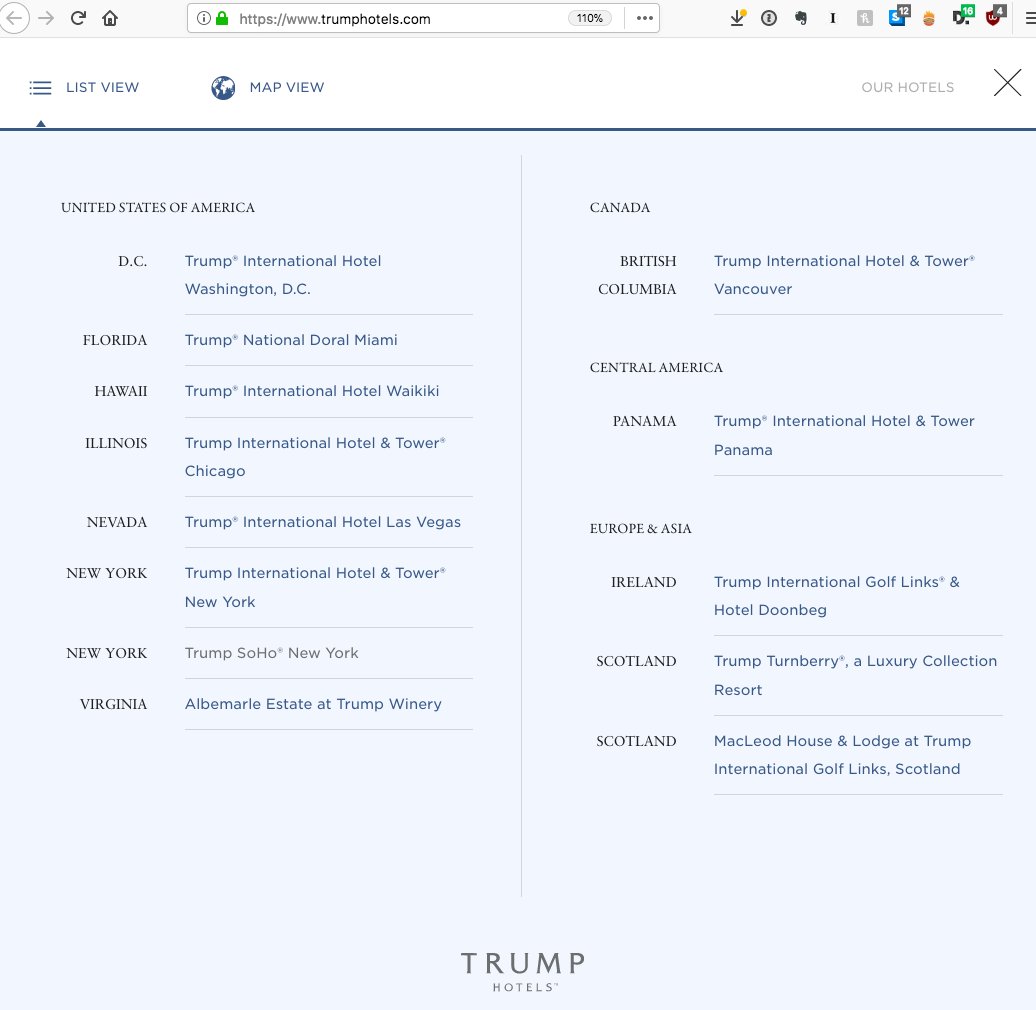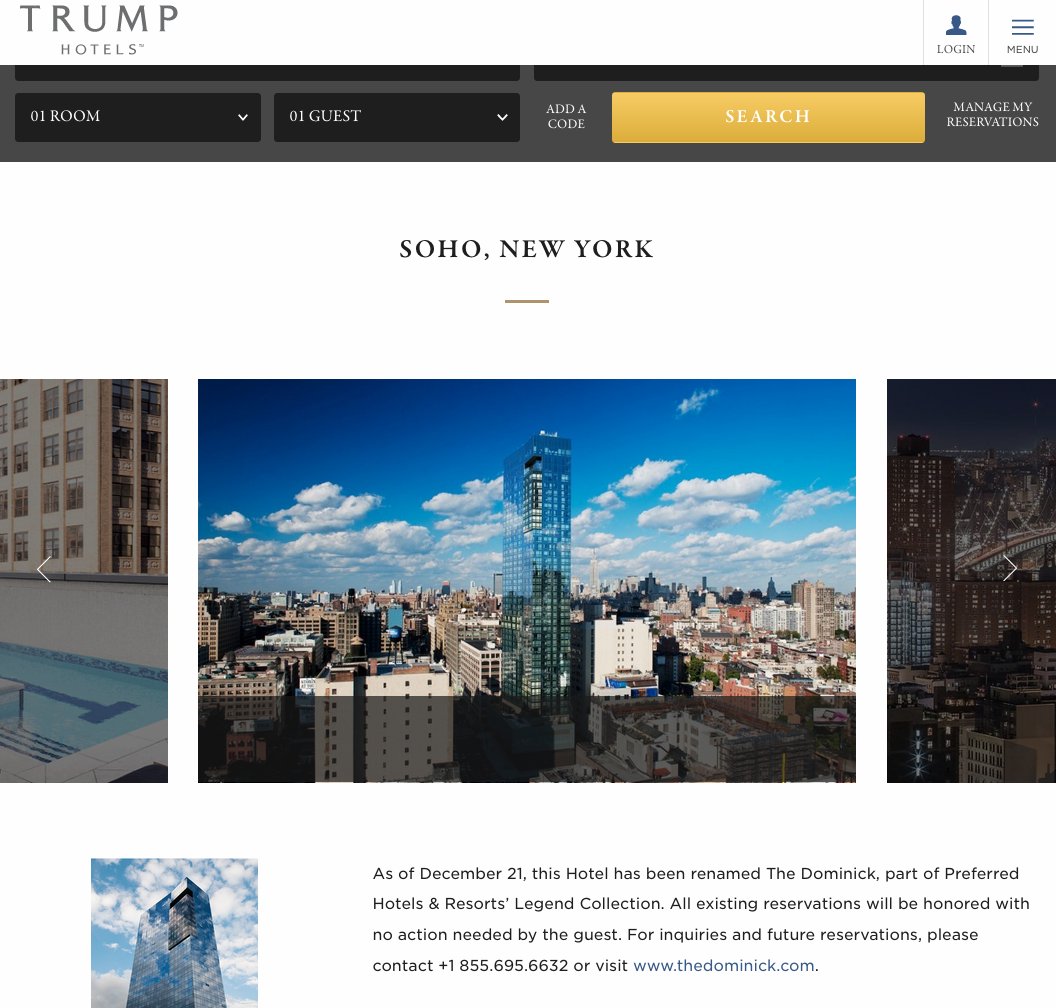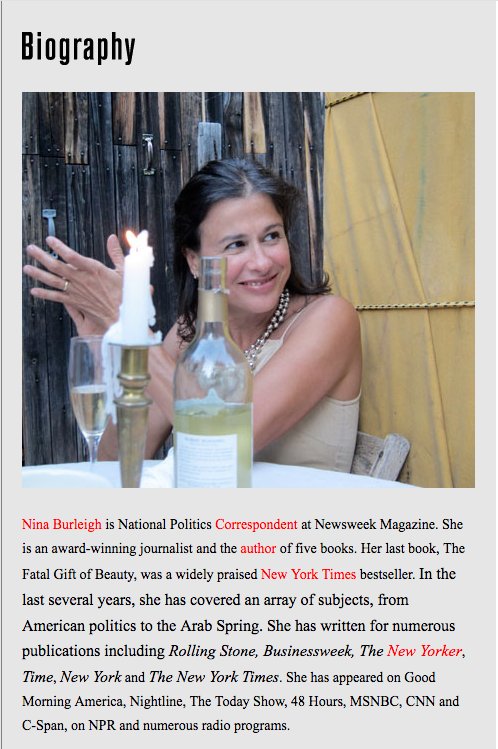This means a lot of what is floating out there in newspaper articles is not admissible in court.
law.cornell.edu/wex/hearsay
So it's prudent to limit ourselves to the facts in the prosecution documents.
Direct evidence directly links a person to the crime, without the need for any inference.
law.cornell.edu/wex/direct_evi…
Direct evidence is the proverbial smoking gun.
Often direct evidence doesn’t exist. . .
law.cornell.edu/wex/circumstan…
Circumstantial evidence that IMPLIES the person committed a crime.
Federal law doesn't distinguish between direct and circumstantial evidence.
Both are admissible and can be used to prove a crime.
§ 371 has two elements:
law.cornell.edu/uscode/text/18…
For a conviction, prosecutors must prove both beyond a reasonable doubt.
#1: Two or more persons conspire either to commit any offense against the US or to defraud the US or any agency thereof for any purpose and
#2: One or more of such persons do any act to affect the object of the conspiracy.
(We will hack, if you give us X)
That's bribery.
Under § 371 they simply agree to “defraud the US or any agency thereof. . . "
Here's the other important part:
I explained why here:
Which brings us to:
Was there evidence in the prosecution docs of a TrumpRussia conspiracy to undermine the election?
From the Mueller-Cohen memo:
In 2015 Cohen and Trump reached out to gauge Putin’s interest in meeting with Trump. documentcloud.org/documents/5453…
From the memo: Trump knew about Cohen's outreach.
Trump consistently hired, to run his campaign, people with close ties to Russian intelligence.
russia-investigation-summary.com
Trump hired them AFTER he and Cohen reached out to Putin.
He passed that information on to the Trump campaign.
assets.documentcloud.org/documents/4776…
So as of April, the Trump campaign knew about the hacking.
documentcloud.org/documents/5453…
This happened “at a time of sustained effort by the Russian government to interfere in the U.S. presidential election.”
There you have it, in the docs, a pileup of circumstantial evidence that Trump and the Russians had an implied “wink-wink” agreement to undermine a fair and transparent election.
In fact, under § 371 each time Trump obstructs the Mueller probe is a step in furtherance of the conspiracy.
Which brings us to Element #2.
The indictment of the 13 Russians gives direct evidence that Russians actively undermined the election. justice.gov/file/1035477/d…
Why hasn't this sunk in yet?
I think Trump is clever at misdirecting people.
He has people thinking there must be direct evidence.
Consider why “her emails” sank so deeply into the public consciousness that so many people believed HRC committed an imprisonable offense (she didn’t), but now people don't see a real crime.
Why?
Because spreading simple lies is easier than understanding— and talking about—complex crimes.
There is LOTS more evidence in the docs to support a 371 conspiracy.
Including everything would have made this threat too long. For more, check out 👇russia-investigation-summary.com















